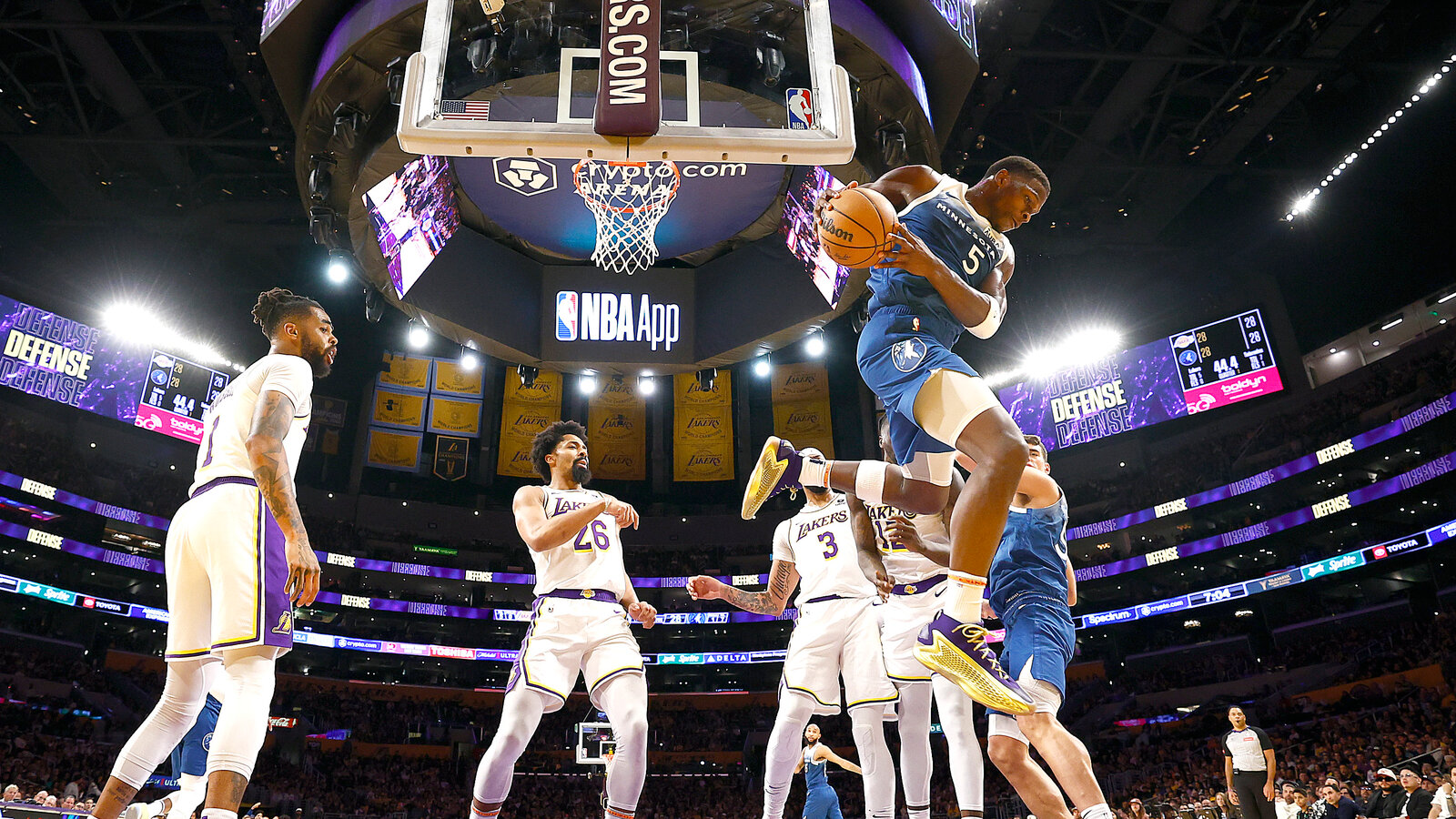The NBA's path to consistent profitability was a long and arduous journey, taking several decades from its founding. It wasn't until the 1980s, more than 30 years after its establishment, that the league truly found its stride and became a major profitable sports entity.
Here's a breakdown of its financial evolution:
Early Years and Mergers (1946 - 1970s):
Founding: The NBA's roots trace back to the Basketball Association of America (BAA), founded in 1946.
The BAA merged with the National Basketball League (NBL) in 1949 to form the National Basketball Association (NBA). Initial Struggles: In its early decades, the league struggled for widespread recognition and financial stability. Many teams faced financial difficulties. Basketball was still gaining popularity, and college basketball often garnered more attention than the professional game.
ABA Competition and Merger (1967-1976): The emergence of the rival American Basketball Association (ABA) in 1967 intensified competition for players and fan interest.
While challenging, this rivalry ultimately pushed both leagues to innovate (e.g., the 3-point line, more dynamic play). The merger in 1976, bringing in key teams like the San Antonio Spurs, Indiana Pacers, Denver Nuggets, and New York Nets, was crucial for consolidating talent and markets but didn't immediately lead to widespread profitability.
The Transformative 1980s: The Era of Profitability (The "Golden Age"):
Pre-1980s Financial State: As late as 1981, a significant majority of NBA teams (16 out of 23) were losing money. Most franchises were heavily reliant on revenue-sharing checks, primarily from meager national television deals (e.g., an $800,000 check from CBS) to stay afloat.
The Rise of Superstars: The league's turning point is widely attributed to the emergence of transcendent talents like Magic Johnson (drafted 1979) and Larry Bird (drafted 1978), whose captivating rivalry brought unprecedented excitement and viewership.
David Stern's Leadership: David Stern, who became commissioner in 1984, is credited with shrewd business strategies that capitalized on this newfound popularity.
His tenure focused on aggressive marketing, international expansion, and striking lucrative broadcast deals. Major TV Deals and Sponsorships: By the end of the 1980s, the financial landscape had transformed. For instance, the NBA signed a four-year, $600 million deal with NBC, a massive leap from earlier agreements. The league also began to establish significant licensing and sponsorship deals.
Michael Jordan's Impact (from 1984): The arrival of Michael Jordan in 1984 further solidified the NBA's ascent, turning it into a global phenomenon and driving immense commercial success through his iconic brand.
In summary: While the NBA was founded in 1946 (as the BAA, then becoming the NBA in 1949), it experienced significant financial struggles for its first three decades. It wasn't until the early to mid-1980s, propelled by superstar rivalries, visionary leadership, and strategic business deals, that the NBA truly became a consistently profitable and financially powerful sports league. This means it took roughly 35-40 years for the league to transition from a struggling entity to a profitable enterprise.

